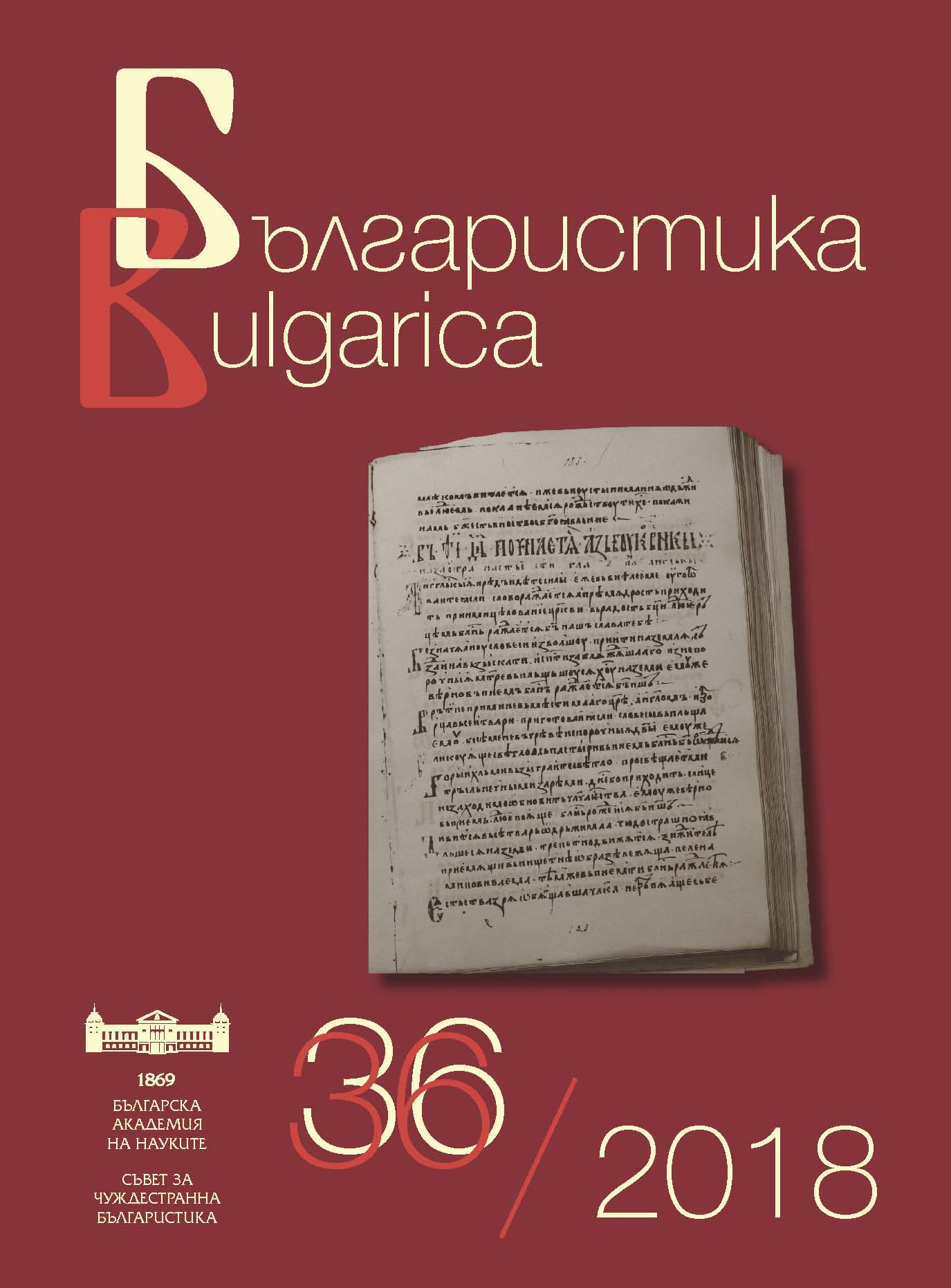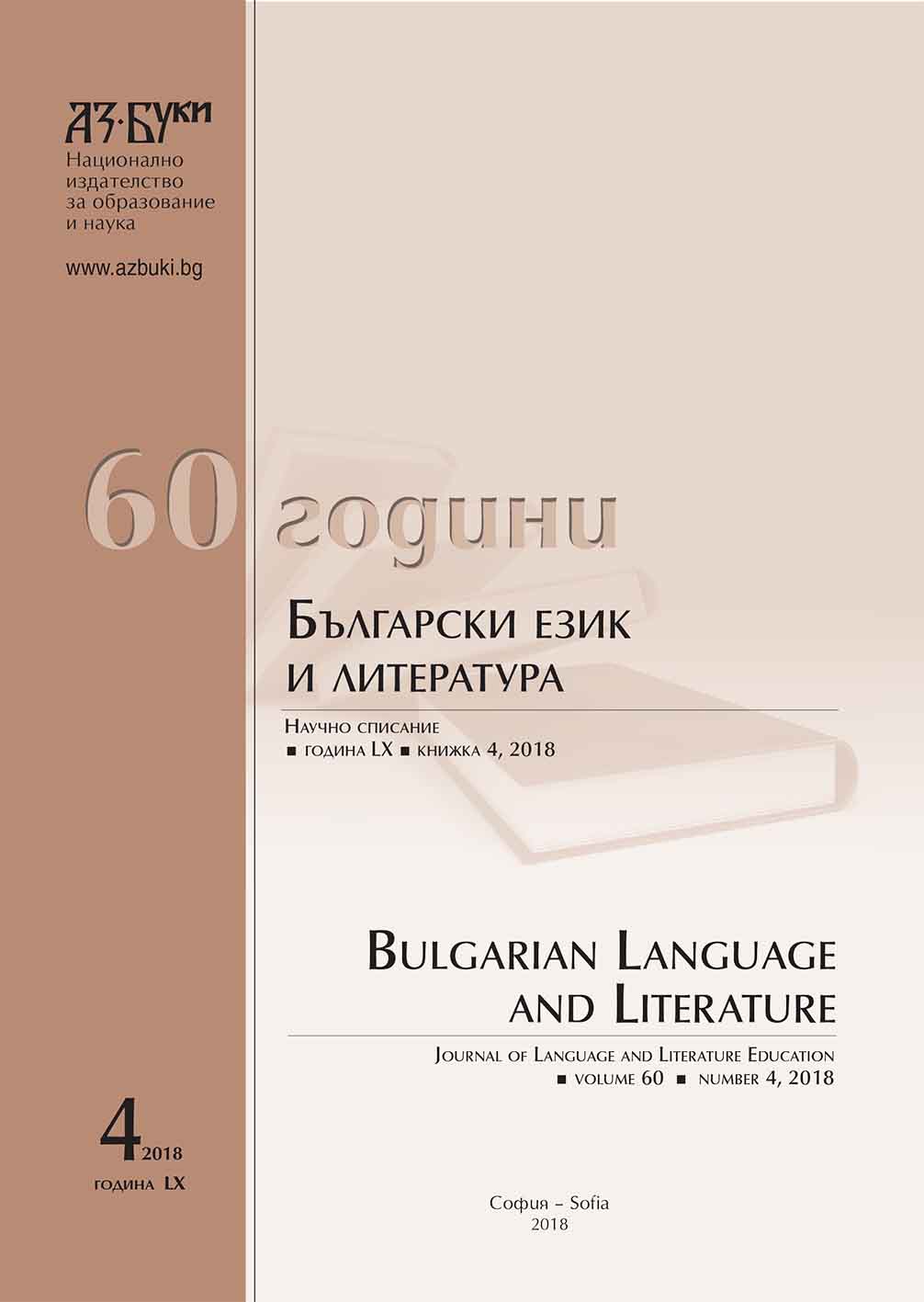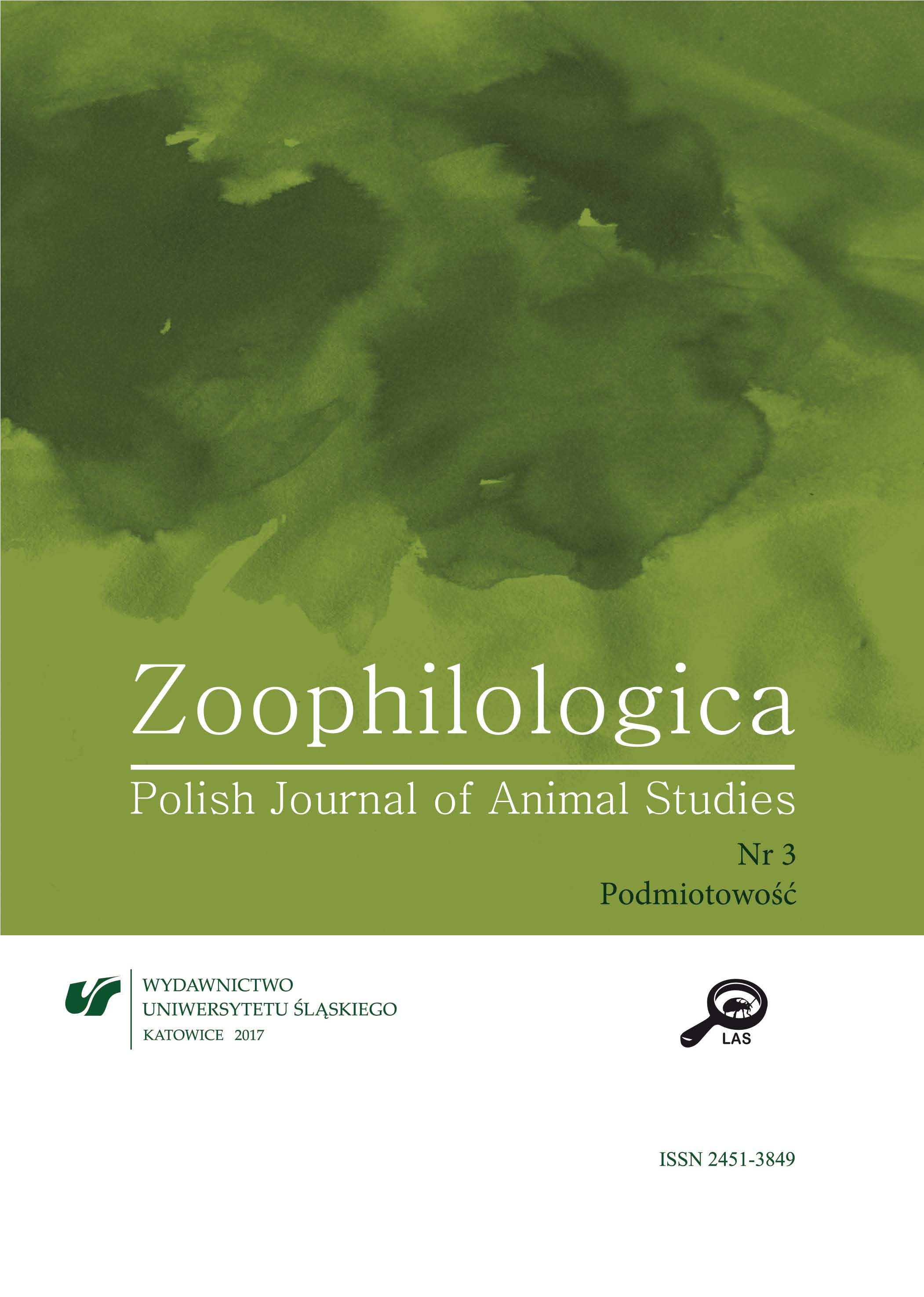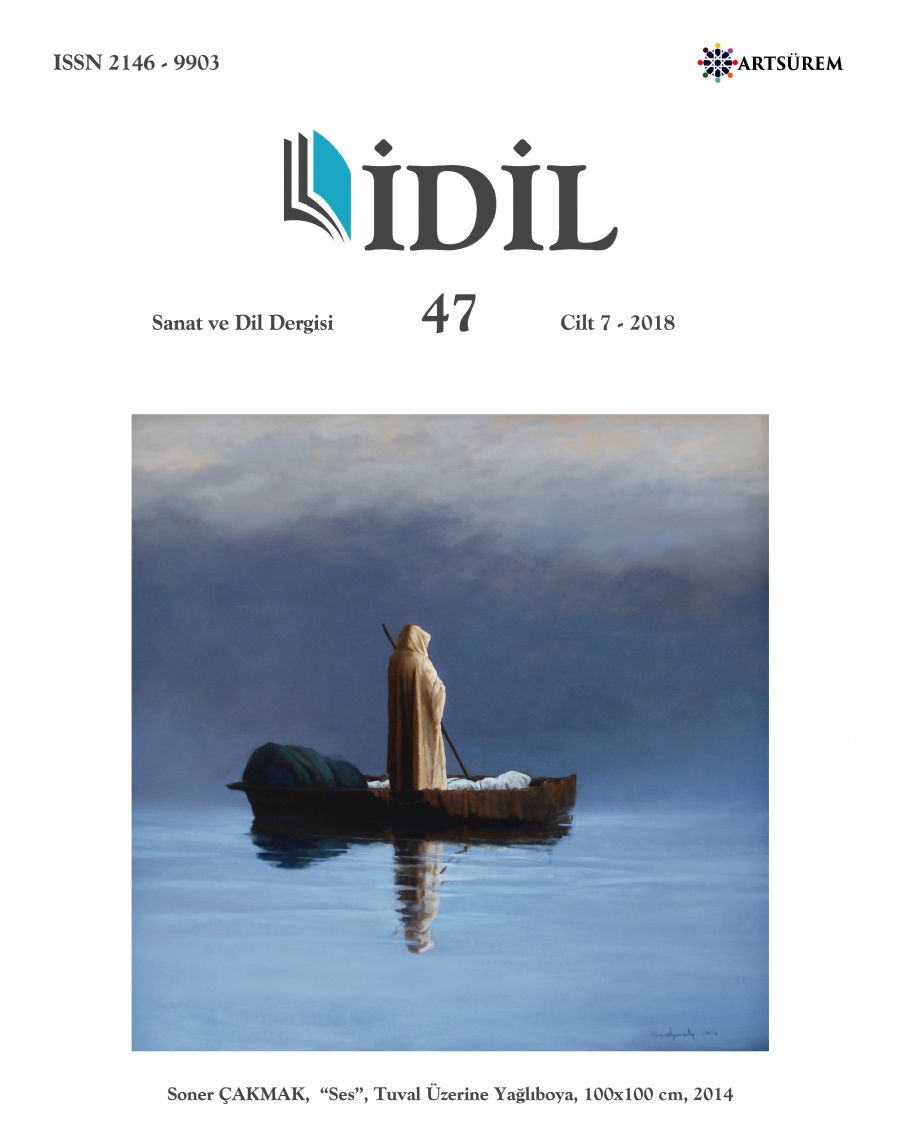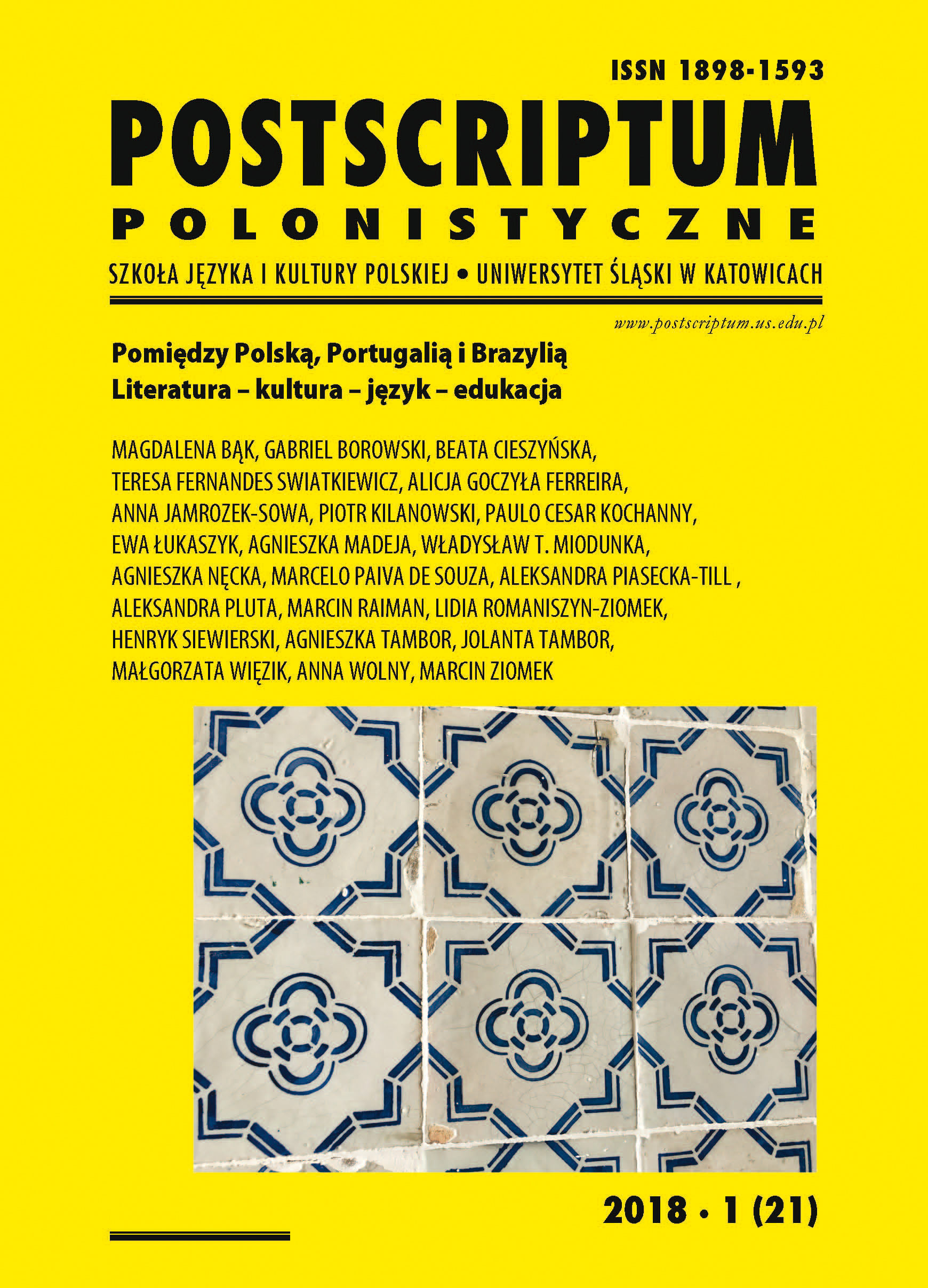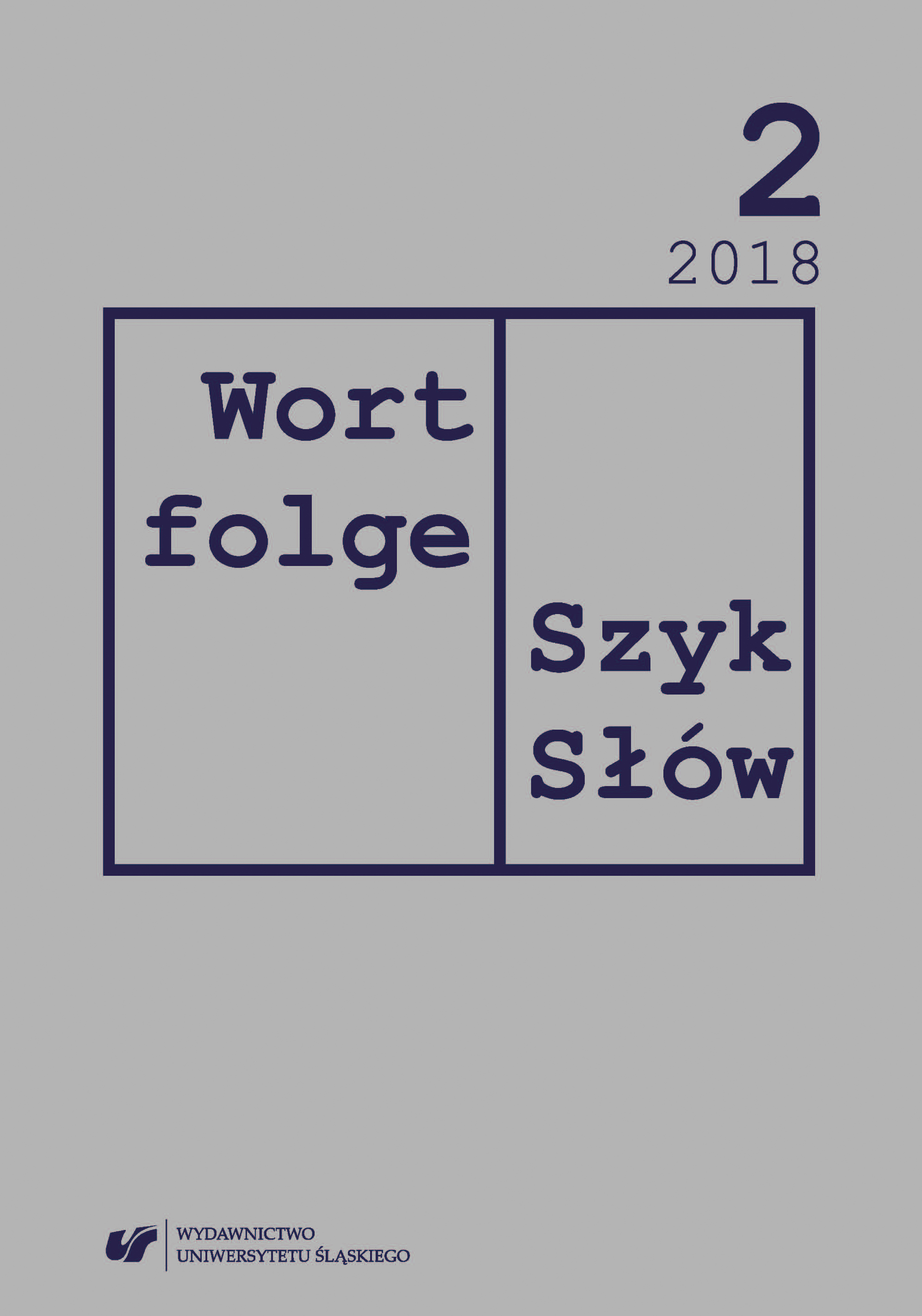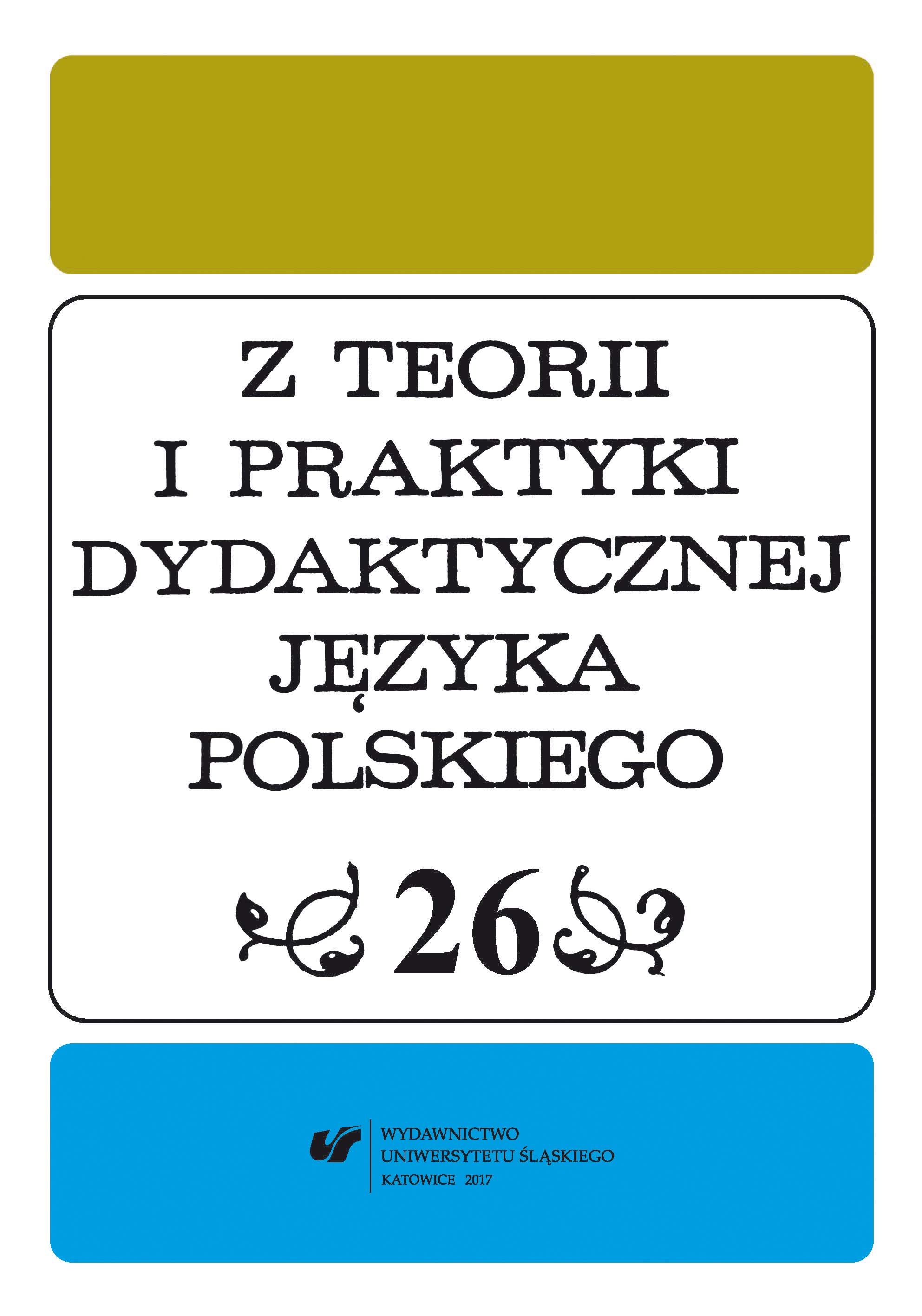
„Beduinki na Instagramie”, czyli pomysły na wielokulturowe lekcje języka polskiego
The article is aimed at answering the question of how to teach the idea of multiculturalism in the Polish language lesson, by using recent prose. It comprises a short review of school set books obligatory at the second stage of education, in accordance with the proposed reform of education. The author describes her teaching experience and evokes student ideas for Polish language education that is intended to: stigmatize the phenomenon of hate speech, stimulate the attitude of curiosity and openness of the student to what is different, and to discuss human behaviour towards refugees.
More...
